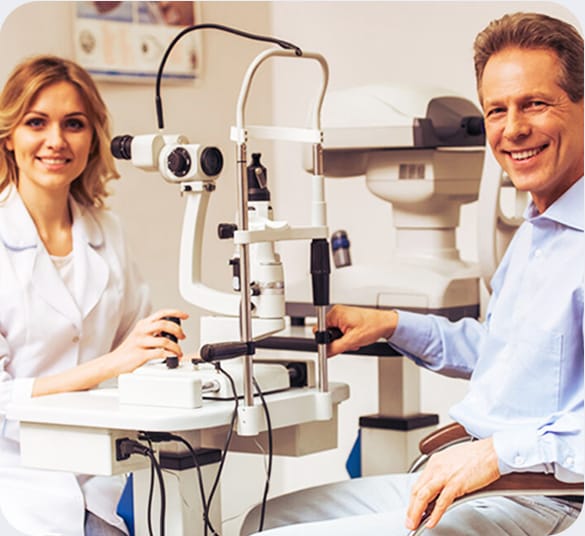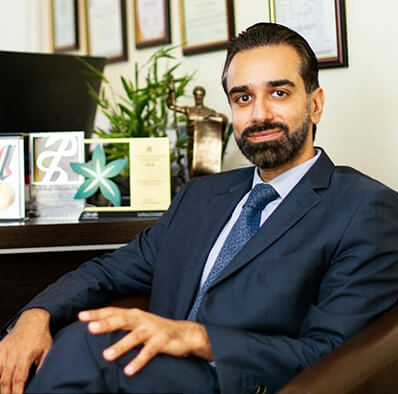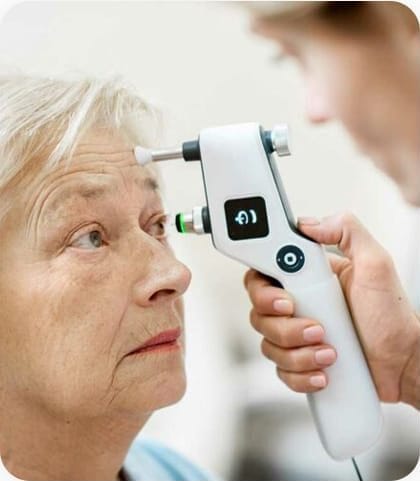Advanced Retinal Disease Treatment
Imperial Health offers advanced diagnosis and treatment for a wide range of retinal diseases. Our team of highly skilled and experienced retina specialists is dedicated to preserving and protecting your vision through cutting-edge technology, innovative therapies, and personalized care. We understand the critical importance of healthy retinas and are committed to delivering the highest quality of care to our patients.
Our Services
The retina is a delicate layer of tissue at the back of the eye that is essential for vision. We provide expert care for a variety of complex retinal conditions, including:
Age-Related Macular Degeneration (AMD): We offer the latest treatments for AMD, including intravitreal injections, laser therapy, and other innovative approaches, aimed at slowing progression and preserving vision.











